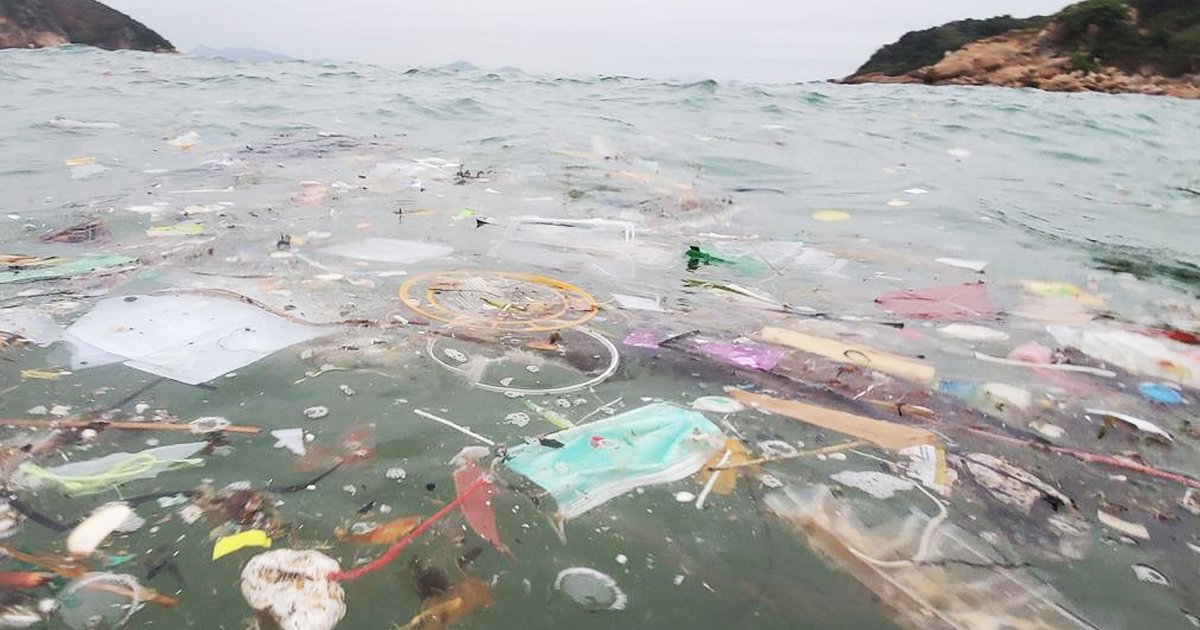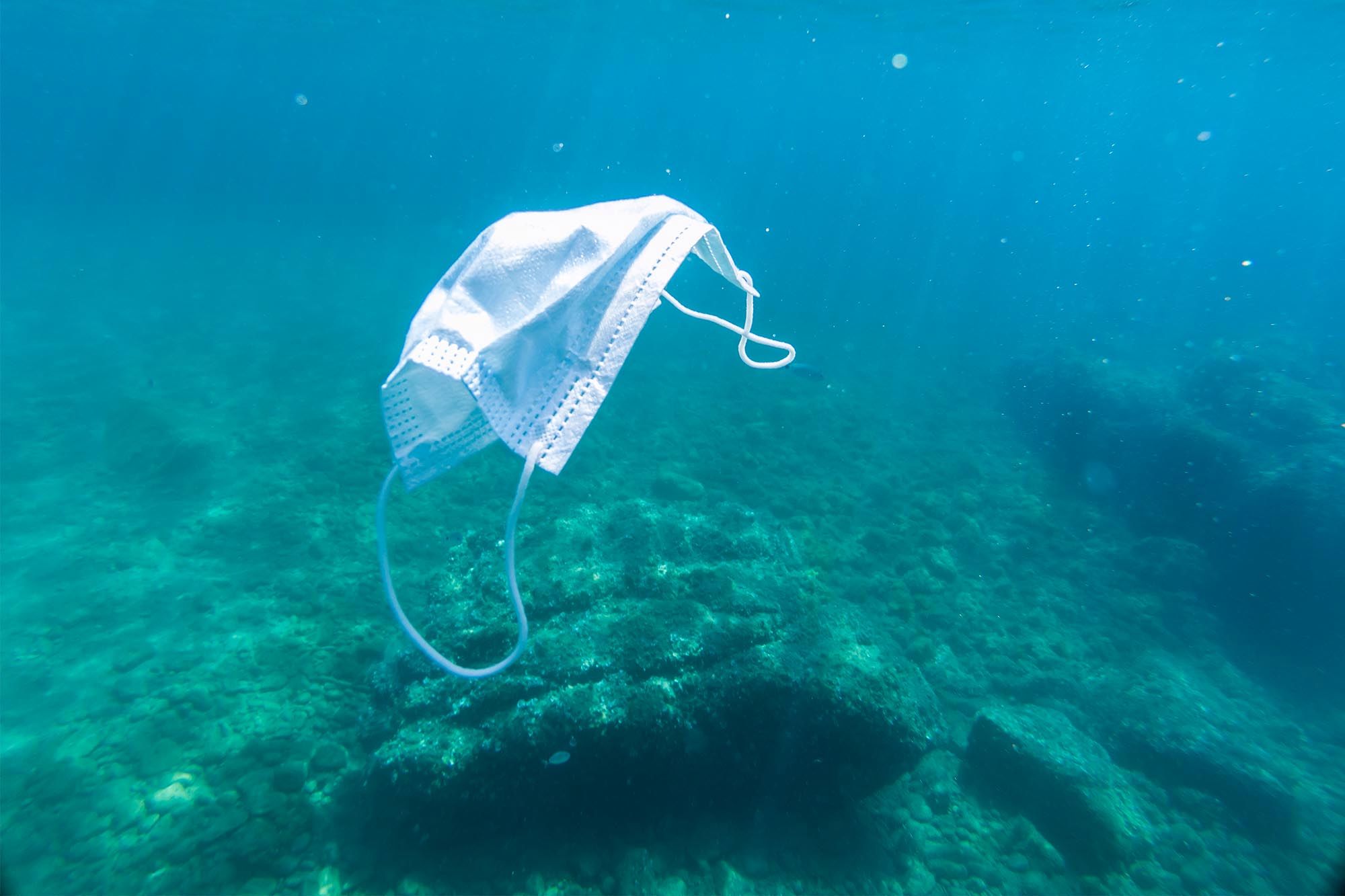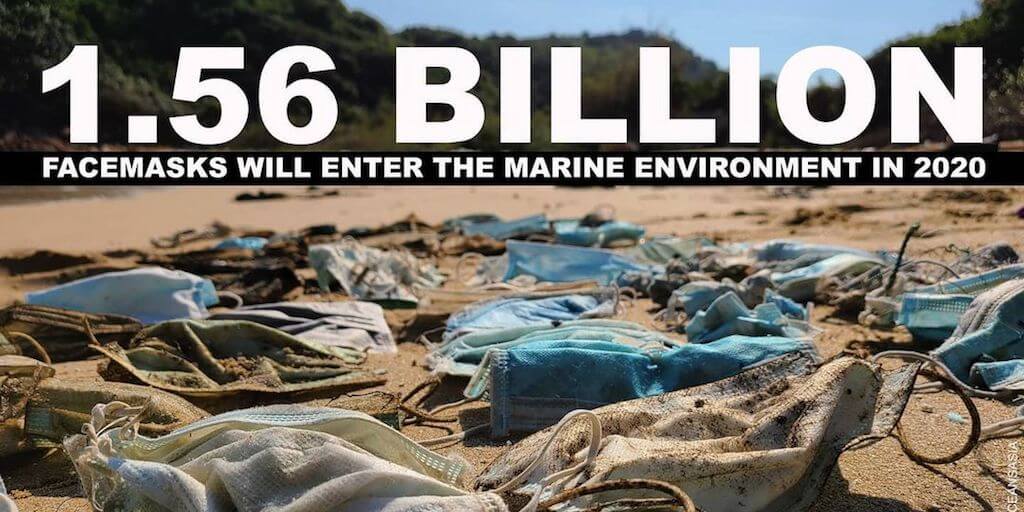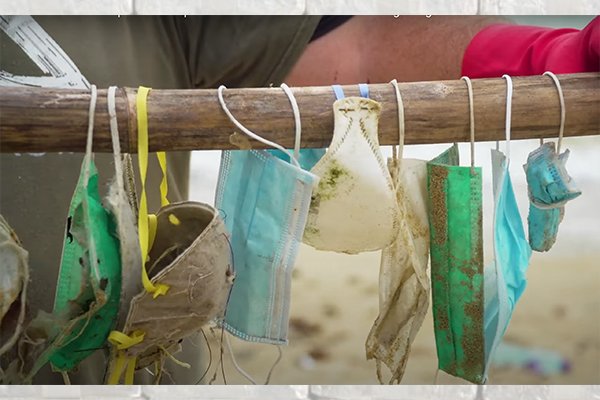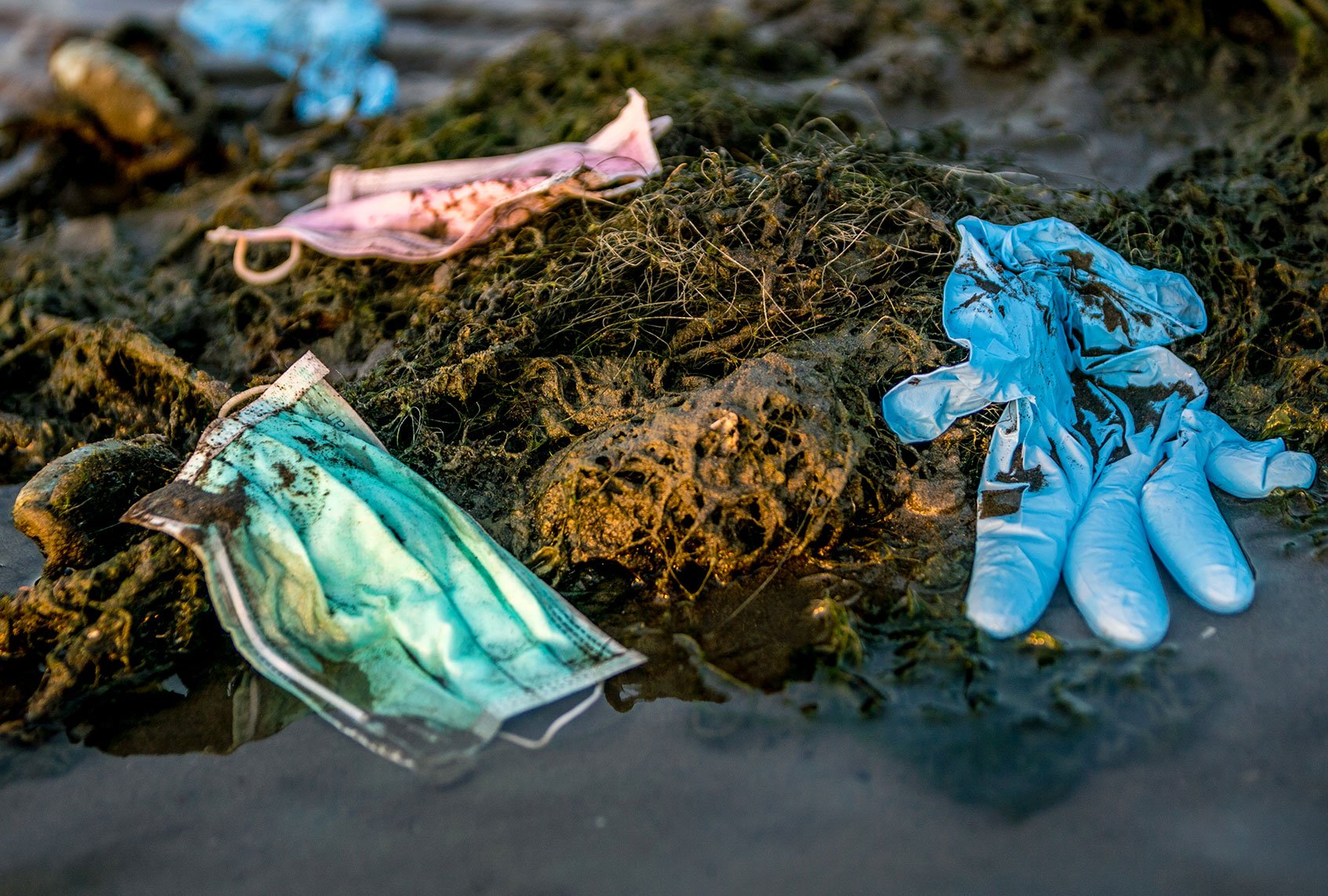According to a report, it is estimated that more than one and half billion masks polluted the water with plastic last year.
Due to the pandemic, 52 billion masks were made in 2020, and people everywhere in the world were strictly instructed to wear masks. 3% of the plastic produced every year makes its way into oceans. In 2020, the disposable face masks added up to 6000 tons of extra plastic waste in the water reservoirs. This 6000 ton is a small fraction of million metric tons of plastic that pollute the earth’s ocean every year.
In Feb 2020, the members of OceansAsia, a Hong-Kong based marine conservation organization, visited an isolated beach in Soko Island. The team discovered 70 masks across a 100 meter stretch of the shore, among other plastic waste products. The visit was planned just six weeks after people were asked to wear masks due to coronavirus.
The masks are made of melt-blown plastics and are not ideal for recycling due to the risk of contamination, which can cause more health complexities.
The increase in plastic pollution is the biggest threat to wildlife, and more than 450 years will be required for the breakdown of plastic that has entered oceans in the form of face masks.
Along with the poor performance of waste management, the public is also responsible for the destruction as the improper discard of the masks had contributed to the increased pollution.
In August 2020, some volunteers were cleaning the Miami beach when they discovered a corpse of bloated puffer fish tangled in the disposable mask’s loops.
com
A lot of damage has already been done, but to prevent marine life from further harm, it is advised that if you are using disposable masks, you must snip their straps before discarding them. Coronavirus is not gone yet, and we are still wearing masks, so let’s not repeat the same mistakes in 2021.
Plastic pollution is an important topic that needs to be addressed by politicians, leaders, and individuals as it is a bigger threat than coronavirus.


